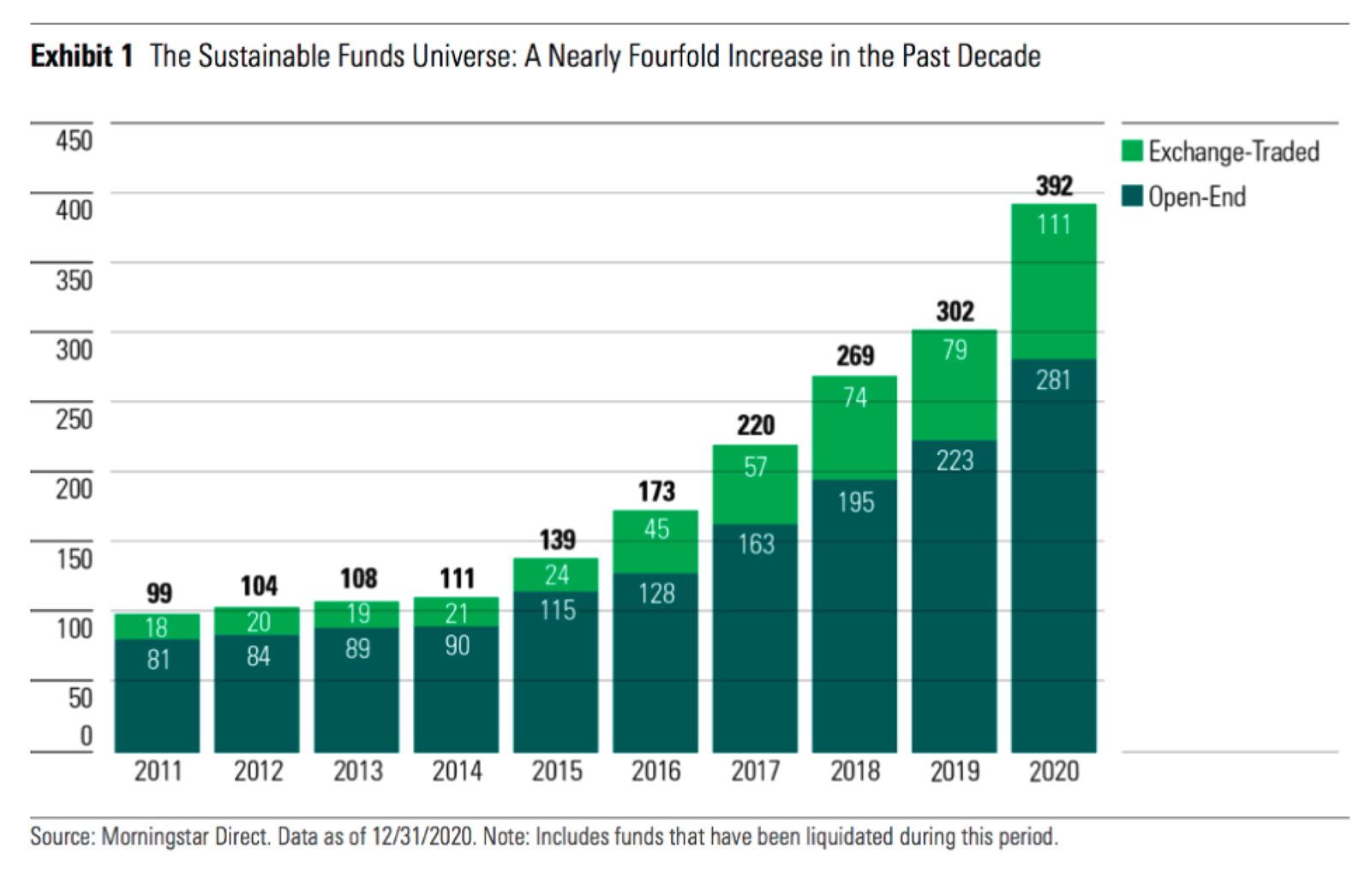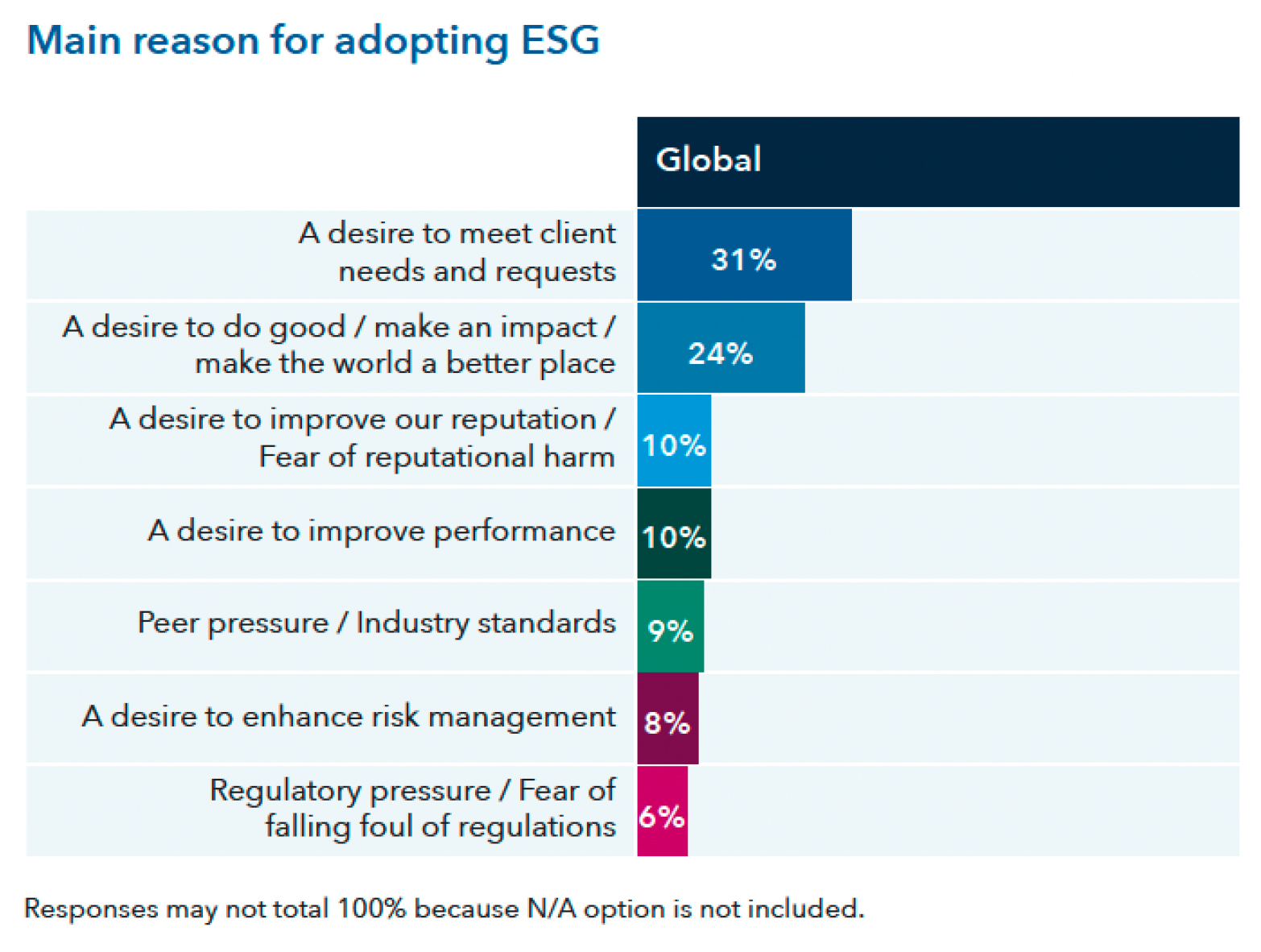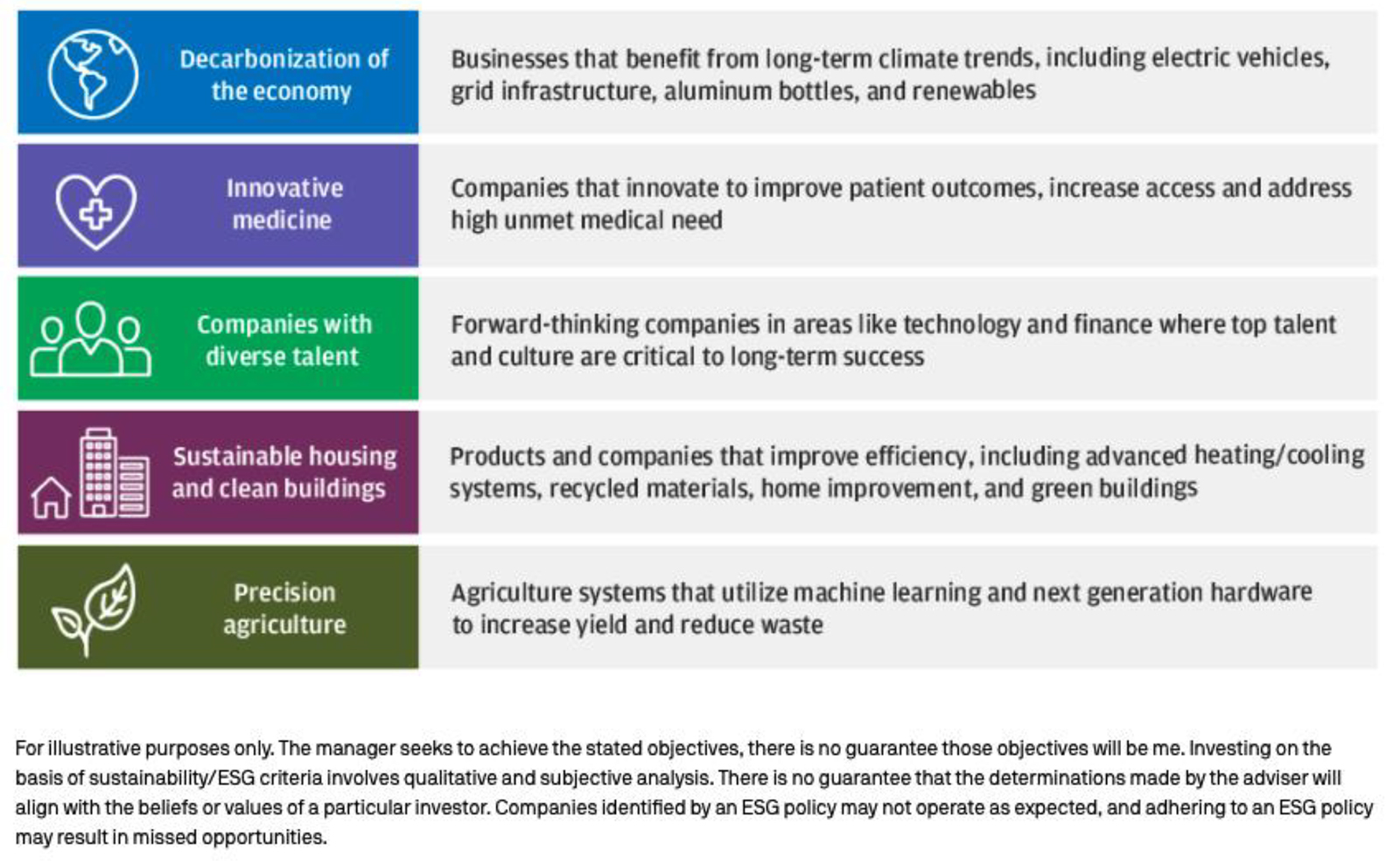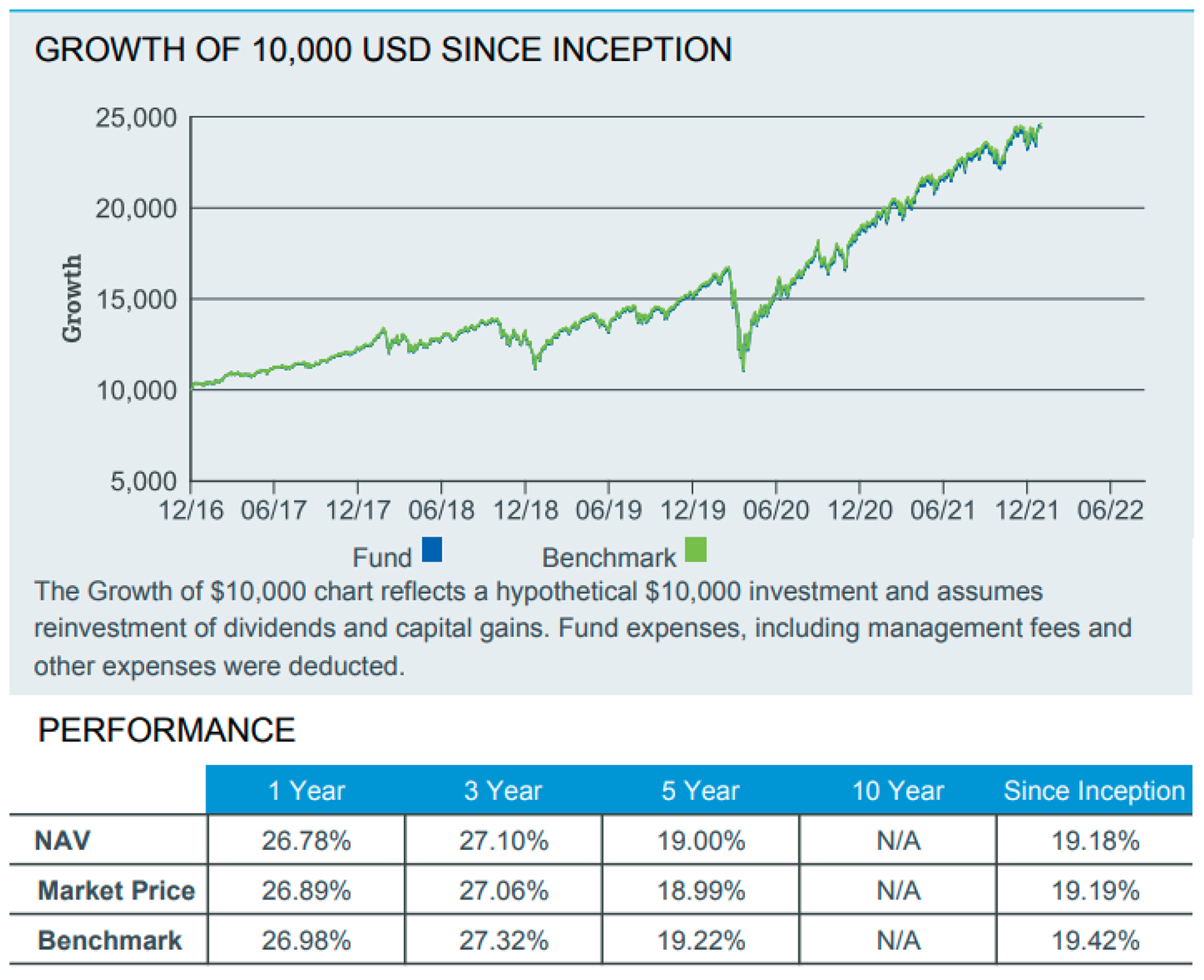Environmental, social, and governance factors (ESG) have become popular factors to incorporate into investment analysis and stock selection. ESG factor investing has been incorporated in stock selection long before the recent surge in interest in the strategy. How ESG factors are defined and how they are incorporated into stock selection is far less than uniform. The definition of each of the factors is rather subjective and not based on anything related to the financial characteristics that analysts focus on to assess future financial performance. And therein lies the conundrum: What performance difference, if any, is there between the two distinct approaches to picking stocks?
What Does “ESG” Really Mean?
Companies and investors often lack a common framework for assessing their ESG risks. That said, here are some basic guidelines put together by S&P Global, a well-known research and credit rating firm:
The “E” in ESG
- The environmental portion of ESG considers how a company performs as a steward of the physical environment.
- The “E” considers a company’s utilization of natural resources and the effect of their operations on the environment, both in their direct operations and across their supply chains.
- Companies that neglect to consider the effects of their policies and practices on the environment may be exposed to higher levels of financial risk.
- Climate change adds an extra layer of environmental risk. The global regulatory response to the threat of environmental risks has been mixed.
The “S” in ESG
- How can a company manage its relationships with its workforce, the societies in which it operates, and the political environment? This is the central question behind the “S” in ESG investing — the social aspect of sustainable investing.
- Several social factors can affect a company’s financial performance, ranging from short- to long-term challenges.
- Social factors to consider in sustainable investing include a company’s strengths and weaknesses in dealing with social trends, labor, and politics. A focus on these topics can increase profits and corporate responsibility.
The “G” in ESG
- The “G” in ESG refers to the governance factors of decision-making, from sovereigns’ policymaking to the distribution of rights and responsibilities among different participants in corporations, including the board of directors, managers, shareholders, and stakeholders.
- The purpose of the corporation, the role and makeup of boards of directors, and the compensation and oversight of top executives have emerged as core issues in companies’ corporate governance structures.
The Recent Rise in ESG Focused Investing
While ESG focused investing has been around for decades, it has gained momentum since the beginning of the pandemic. A recent survey done by the Capital Group notes that 76% of investors believe that interest in ESG will not subside when the pandemic is over and accordingly do not feel it is a passing fad. The chart below supports that result. (in billions).

Additional survey results below illustrate reasons investment managers are incorporating ESG factors.

Below is a good example of screening criteria that J.P. Morgan has employed in their ESG stock selection. Check out the Disclaimer in small print. A good explanation of the variables involved in selecting ESG qualifying companies.

Performance Comparison
This is where the core debate exists. Which approach to stock selection provides the most return over time, relative to the same benchmark? There is not an easy way to answer that question given the different criteria fund managers use in stock selection. I receive a daily stream of investment commentary and often it is related to ESG investing. You can safely conclude that there are those that claim outperformance and those who feel it is just a fad with no demonstrable effect on performance nor effect on the planet’s problems. For the most part, the naysayers are correct for the time being.
When trying to make comparisons, you need to identify a benchmark index. The most accepted USA focused ESG benchmark index used is the MSCI USA Extended ESG Focus Index which contains only US based companies. (MSCI is a widely respected company that creates such indices)
Many large investment firms have created ESG focused exchange traded funds (ETFs) that are nearly identical to the MSCI USA Extended ESG Focus Index. Again, the list of companies that are screened for ESG characteristics will differ from one investment company to the next. That said, each individual firm’s goal is the create a basket of ESG screened companies that will outperform the MSCI USA ESG Leaders index. The fund I will use to compare performance is the iShares ESG MSCI USA Leaders ETF (Symbol: ESGU) which many will see in your portfolios. Below is a comparison of the ESGU and the MSCI USA Extended ESG Focus Index. In the graph, it is hard to see the Fund performance in blue since it is nearly identical to the benchmark. The table below gives you the actual performance numbers.

Wrapping Up
ESG style investing is here to stay. The positive impacts will take time to measure but in the long run, the intent of the strategy is one that supports companies that demonstrate a positive attitude towards its employees, how their operations impact our environment and how company managements govern themselves in a shareholder positive way. Over time, allocations to ESG style funds should begin to influence company strategies. Pursuing such strategies do not currently have any real measurable impact on performance vis-à-vis comparable funds but we like the theme and want to support the concept over the long term.
